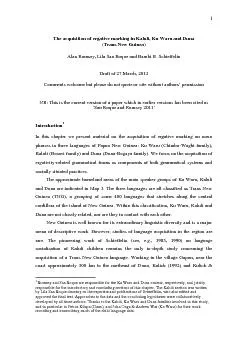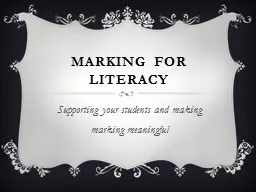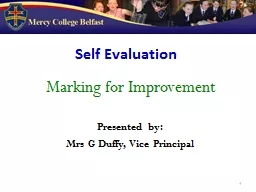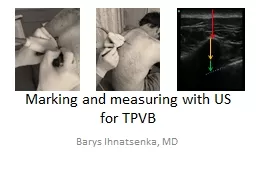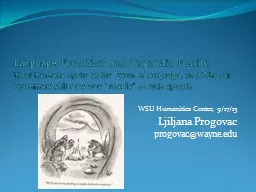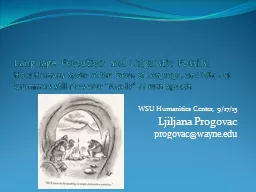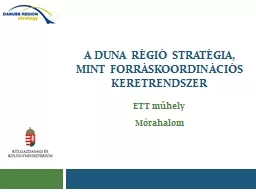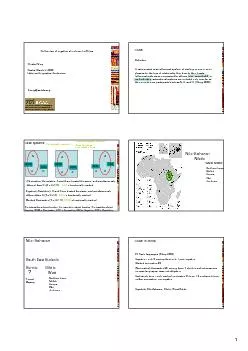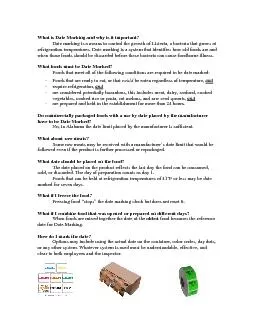PDF-The acquisition of ergative marking in Kaluli, Ku Waru and Duna ...
Author : evans | Published Date : 2021-02-11
1 Trans New Guinea Alan Rumsey Lila San Roque and Bambi B Schieffelin Draft of 27 March 2012 Comments welcome but please do not quote or cite without authors permission N B
Presentation Embed Code
Download Presentation
Download Presentation The PPT/PDF document "The acquisition of ergative marking in K..." is the property of its rightful owner. Permission is granted to download and print the materials on this website for personal, non-commercial use only, and to display it on your personal computer provided you do not modify the materials and that you retain all copyright notices contained in the materials. By downloading content from our website, you accept the terms of this agreement.
The acquisition of ergative marking in Kaluli, Ku Waru and Duna ...: Transcript
Download Rules Of Document
"The acquisition of ergative marking in Kaluli, Ku Waru and Duna
..."The content belongs to its owner. You may download and print it for personal use, without modification, and keep all copyright notices. By downloading, you agree to these terms.
Related Documents

